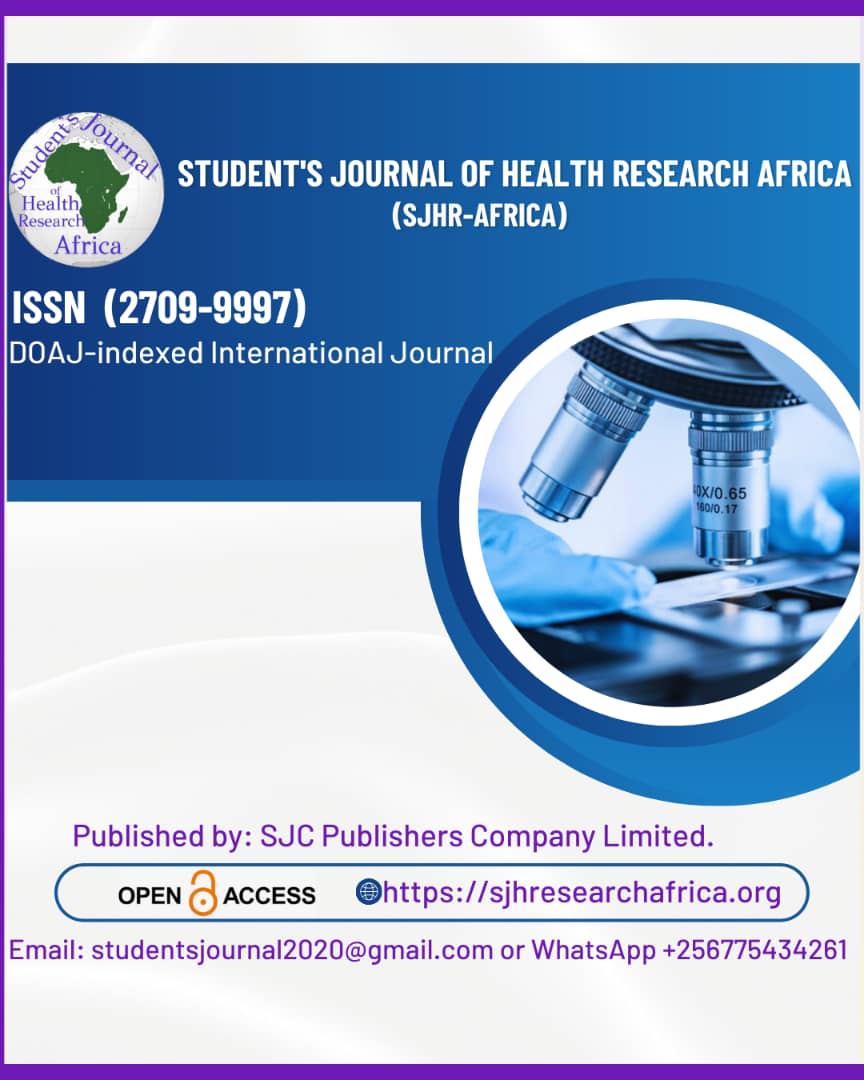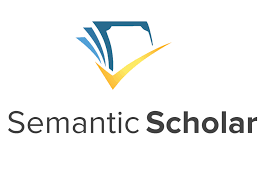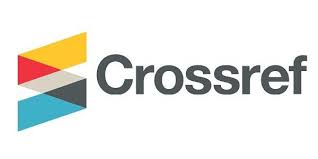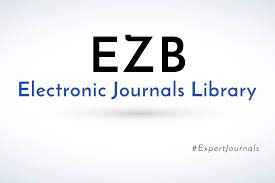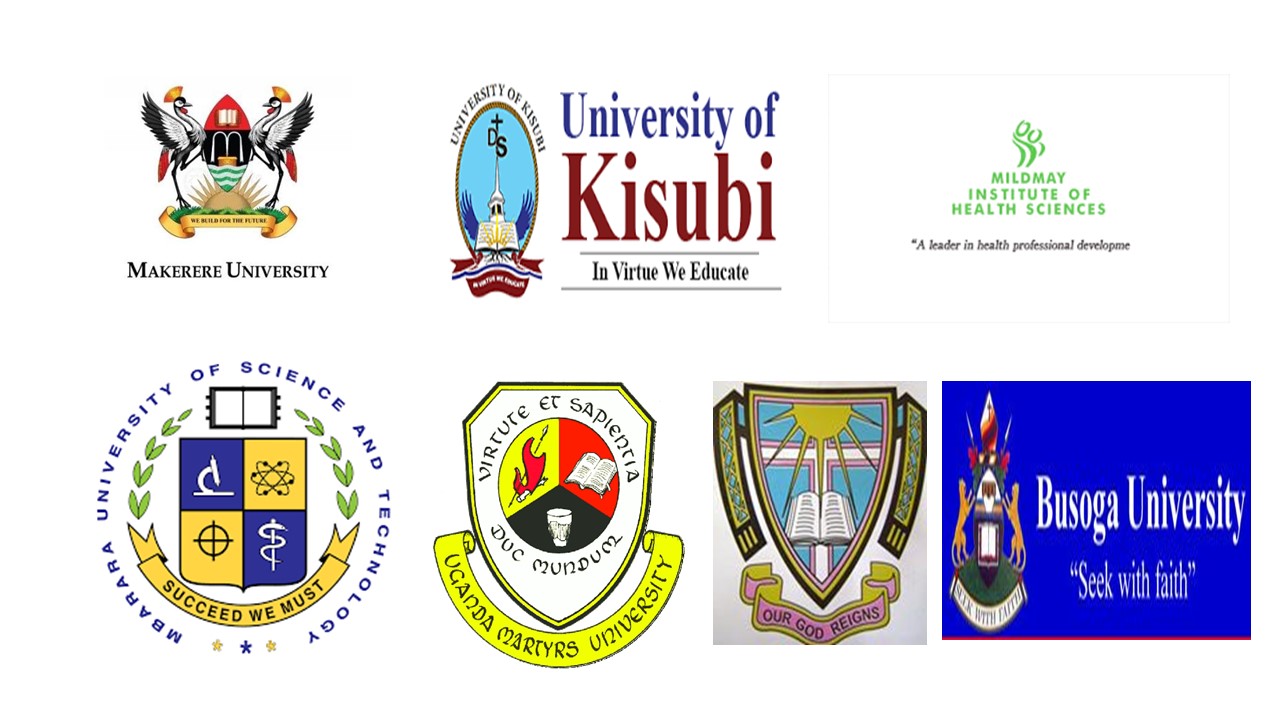A COMPARATIVE STUDY OF THE OUTCOME OF TYMPANOPLASTY USING METHYLENE BLUE STAINED AND UNSTAINED TEMPORALIS FASCIA GRAFT: A COHORT STUDY
DOI:
https://doi.org/10.51168/sjhrafrica.v6i3.1661Keywords:
Tympanoplasty, Myringoplasty, Methylene Blue, Stained, UnstainedAbstract
Background
An inflammatory condition that affects both the middle ear space and the mastoid air cell system, chronic suppurative otitis media causes long-term or irreversible alterations in the tympanic membrane, such as atelectasis, dimeric or monomeric formation, perforation, tympanosclerosis, the formation of a retraction pocket, or cholesteatoma.
Objectives
The study's objective was to assess and contrast the results of tympanoplasty utilizing unstained temporalis fascia graft and methylene blue stain, as well as the functional outcomes of patients based on follow-up.
Materials and Methods
It was a comparative prospective cohort research conducted at a single center. The study was carried out between 2020 and 2021, or for a total of one year. Ear, nose, and throat (ENT) research was conducted at King George's Medical University (K.G.M.U.) in Lucknow, Uttar Pradesh, India. Eighty patients in all took part in the study.
Results
The study compared tympanoplasty outcomes using unstained versus methylene blue-stained temporalis fascia grafts. Both groups showed significant improvements in air conduction and air-bone gap (p<0.001). Post-operative complaints and graft integrity were similar between the groups. Graft integrity remained intact in 87.5% (Group I) and 82.5% (Group II) cases at 3 months.
Conclusion
According to the study's findings, between the groups' pre-operative symptoms and otoscopic findings, there was no meaningful difference. Mean changes in air conduction thresholds and air-bone gap values were significantly different among the study groups.
Recommendation
It is recommended to consider both unstained and methylene blue-stained temporalis fascia grafts as effective options for tympanoplasty, with similar functional outcomes and graft integrity.
References
Minor LB, Poe D. Glasscock-Shambaugh Surgery of the ear. PMPH-USA; 2010.
Nadol JB. The chronic draining ear. Curr Ther Otolaryngol Head Neck Surg. 1987;18:18-22.
Scott-Brown WG. Scott-Brown's Otorhinolaryngology, Head and Neck Surgery. Hodder Education; 2008.
Bento RF, de Oliveira Fonseca AC. A brief history of mastoidectomy. International archives of otorhinolaryngology. 2013 Apr;17(02):168-78. https://doi.org/10.7162/S1809-97772013000200009 PMid:25992009 PMCid:PMC4423283
Wong RT. Methylene blue-stained temporalis fascia graft in tympanoplasty. The Laryngoscope. 1983 Feb 1;93(2):241-.https://doi.org/10.1288/00005537-198302000-00023 PMid:6185811
Darouassi Y, Aljalil A, Ennouali A, Hanine MA, Chebraoui Y, Bouaity B, Touati MM, Ammar H. Prognostic factors of myringoplasty: study of a 140-case series and review of the literature. Pan African Medical Journal. 2019 Aug 26;33(1).
https://doi.org/10.11604/pamj.2019.33.323.18060
Prakash, MD. Methelene blue-stained temporalis fascia graft in myringoplasty: a clinical study. International Journal of Otorhinolaryngology and Head and Neck Surgery. 2019 May;5(3):639. https://doi.org/10.18203/issn.2454-5929.ijohns20191720
Uçar C, Kazkayasi M. Simultaneous miringoplasty and septoplasty, and the use of nasal septal perichondrium. European archives of oto-rhino-laryngology. 2009 Aug;266:1213-7. https://doi.org/10.1007/s00405-008-0900-9 PMid:19125267
Vaiman M, Sarfaty S, Gavriel H, Kraus M, Kaplan D, Puterman M. Intravital staining with methylene blue in tympanoplasty. European archives of oto-rhino-laryngology. 2010 Sep;267:1351-4. https://doi.org/10.1007/s00405-009-1102-9 PMid:20563593
Yadav SP, Kathuria B, Dhingra H, Gulia J, Hernot S. Staining in Tympanoplasty: Is Methylene Blue Rational?. An International Journal of Otorhinolaryngology Clinics. 2016 Apr 1;7(3):125-31. https://doi.org/10.5005/jp-journals-10003-1208
Downloads
Published
How to Cite
Issue
Section
License
Copyright (c) 2025 Ramesh Kumar, Daya Shankar, Shikhar Saxena, Hitendra Prakash Singh

This work is licensed under a Creative Commons Attribution-NonCommercial-NoDerivatives 4.0 International License.


